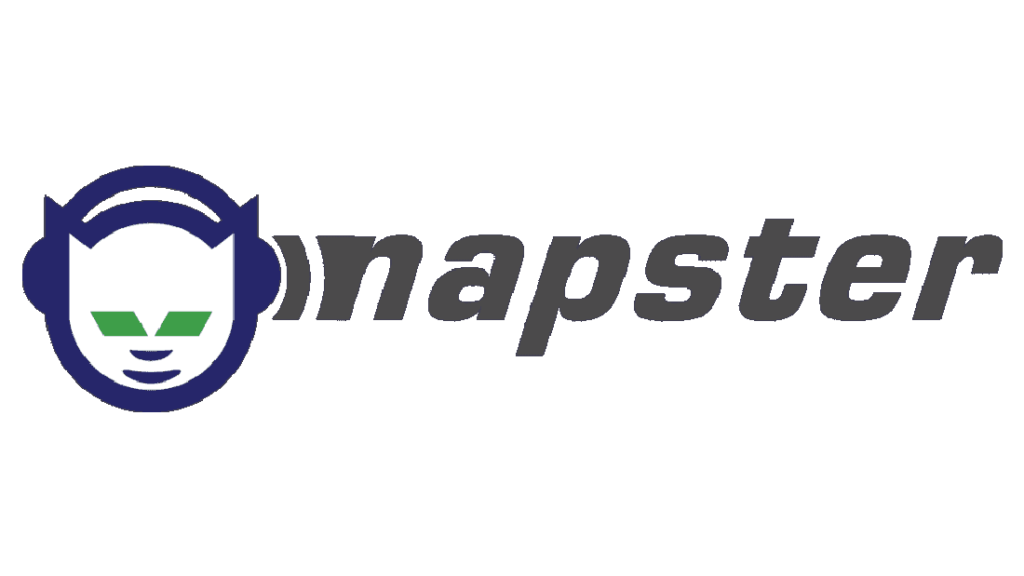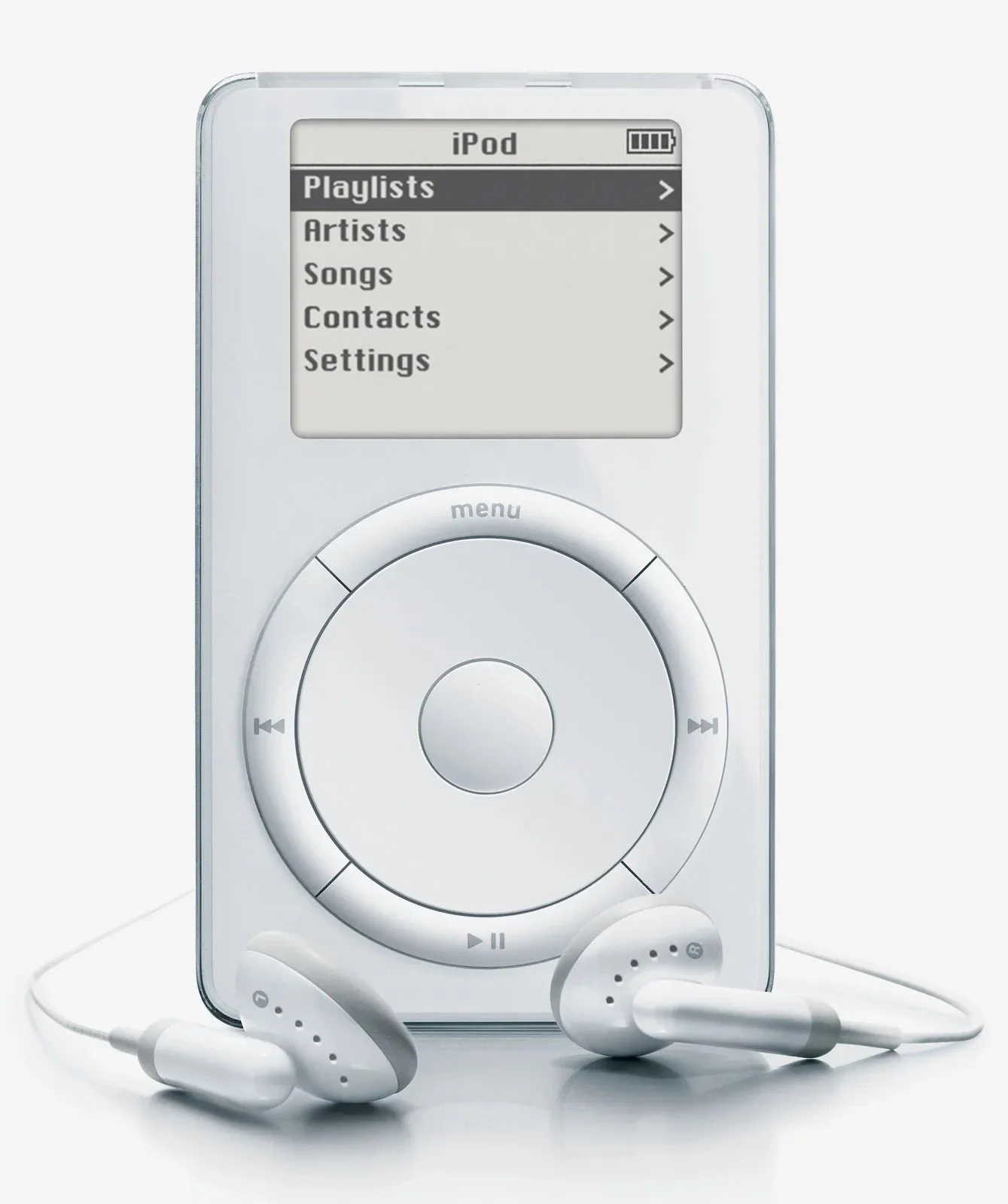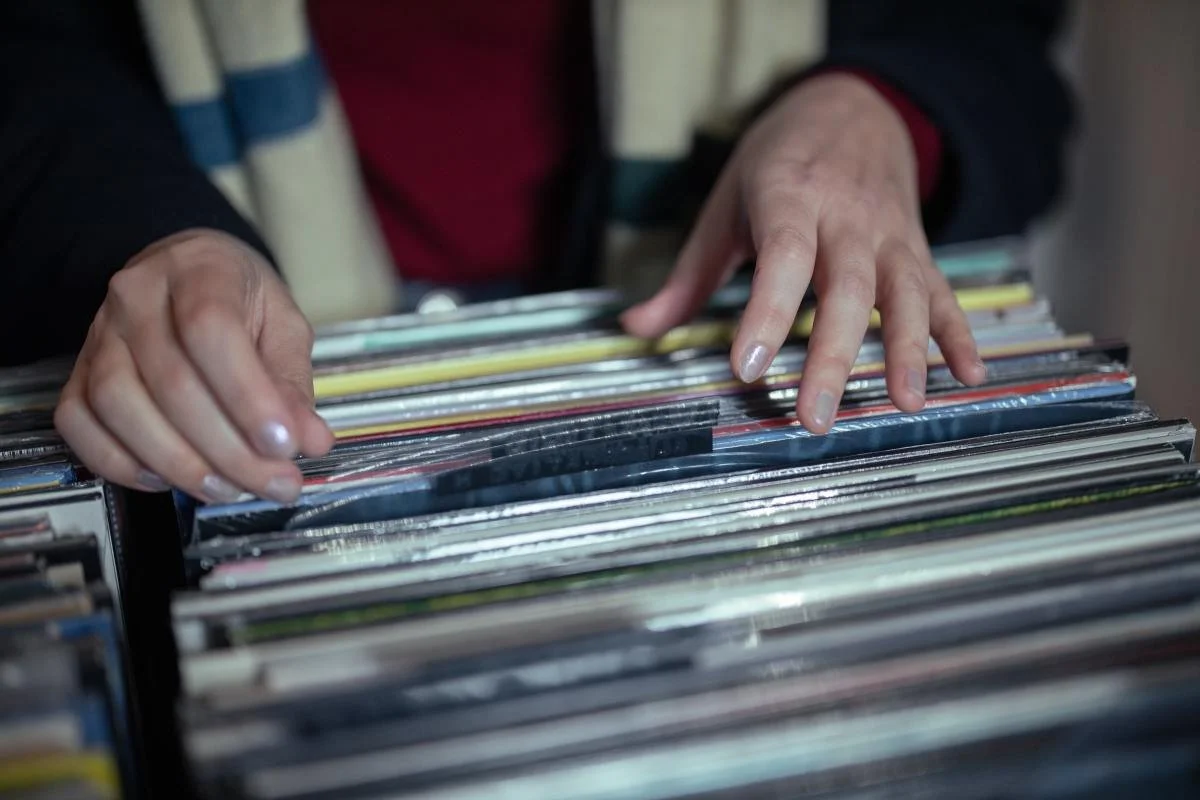The Evolution of Consuming Music
Music has been around for hundreds to thousands of years. From concerts outside at festivals and parties, to orchestras performing for royalty. celebrities and important political figures in history. As the world evolved, so did the ability to save and preserve music itself. Being able to hear our favorite pieces of music anytime we wanted. Reliving moments from seeing them live, to hearing our favorite song from a movie on a soundtrack. From the days of analog media like vinyl, 8-Track, cassettes and CD’s, to the digital era of mp3’s and streaming services like Spotify, Apple Music, Pandora and Tidal. With potentially the mp3/streaming era being the final form of how we consume music. Not only due to it’s ability to be on any smart device we own, but being able to have almost any song we want to hear at the touch of a button.
But how far have we come in consuming the music we love? The hardships that musicians and artists faced in getting albums made and selling gold, platinum and even diamond status sales numbers? How much of those record sales went to the artists themselves, after all the record label cuts? How did sites like Napster and other file-sharing websites effect record sales for those artists and the music industry as a whole? Has royalties and profit improved or worsened since the creation of sites like Spotify for major and independent artists? Along with the evolution into digital media, is physical media like vinyl, CDs or cassettes officially dead? I will look at the history of how we, the listener, consumed music and where we thrived, where we were hurting the labels and artists, and where do we go from here?
The earliest way were consumed to new music was the radio. With radio shows and iconic disc jockeys like John Peel, Casey Kasem, Wolfman Jack and countless others would not only bring personality and character to the radio, but also introduce the world to new up and coming artists to a large audience. Starting with the vinyl records and singles on 7-inch sized records, music was transportable and easy to carry and take to wherever there was a record player. One of the first iteration of bringing your music on the go. With the popularity of radio in cars and new musical formats to be played in your car, the 8-track and the audio cassette were birthed. Combined also with the advancement of the Walkman, an audio cassette player that not only could bring your cassettes wherever you went, but also with the addition of headphones, made the listening experience more personal and enjoyable in helping us get through our daily lives from the mundane of things like working out, doing our job or being out in public. All while also not forcing other people to hear your music or told to “turn it down” or “turn that racket off”.
As audio cassettes became more prevalent, and cassette playing devices became more common in stereo equipment at the time, this also began the rise of what some consider the birth of audio piracy. With home stereos, you would be able to record audio from the radio onto a blank audio cassette. Granted, you might get the DJ talking over the song you were trying to record or the end of the song would be cut off by the DJ or commercials, but at the end of the day, you got the song from the radio without paying for it and had it for as long as you wanted. People would also do this with other releases from bands or artists, either on audio cassette or vinyl if your stereo had a record player attached. Repeating the same process, but getting the same audio quality as you would from the original. Creating “bootleg” copies of popular releases that they could share with friends or enjoy themselves. This would also be the birth of the tape-trading scene that became popular in different musical fanbases. The thrash scene would use it to help spread the popularity of up and comers like thrash legends Metallica, Slayer, Hirax, and Exodus. It would also spread the word of the first and second wave of the black metal genre during the 90’s. Fans of bands like The Grateful Dead and Phish would record live shows on cassette and trade them amongst their fellow fans. With shows being unique at every different town and being able to relive the live experience of the concert of their favorite band.
Then, the birth of the compact disc in 1982 was a game changer in music. With the CD, you would be able to hold more music on a single format, as well as not worrying about having to stop and switch sides like you would with the audio cassette. With the slipcase, you also got the feeling of a vinyl album with bigger cover artwork compared to cassettes. Like cassettes, piracy would also rear its face in the rise of the CD. As blank CDs were sold, fans would put an audio cd into their computer, load the songs onto there, and then insert a blank CD into their computer and “burn” the songs onto the blank CD. Making a pirated copy of the album. Whether they borrowed the original CD from a friend or checked it out from their local library, it was so easy to burn CDs that almost anyone could do it. But buying CD’s legally or burning original CDs wasn’t the only method that people would consume music.
On June 1st, 1999, Napster was created by Shawn Fanning and Sean Parker. Napster was a peer-to-peer file sharing program that allowed users to search for any song they could think of from any users on the program. Once found, they would download that song from the user and have a digital copy of the song without paying a single penny to the artists, label or Napster itself. As you would expect, this would cause a huge uproar in the music industry. Napster would be sued by A&M Records and the Recording Industry Association of America (RIAA) in December of that year on the grounds of copyright infringement. Popular artists like Lars Ulrich of Metallica & Dr. Dre would also file suit and demand Napster be shut down. After receiving an injunction to stop any transmission of copyrighted material any further, Napster was officially shut down on July 11, 2001. Though the site was shutdown, like a hydra, many other popular sites would grow and take it’s place. Sites like Limewire, The Pirate Bay, Freenet and BitTorrent would continue where Napster left off, with some still being active to this day. With Ulrich’s fight and victory against Napster, himself and Metallica would face backlash from Napster users. With many users claiming the band to be “greedy” and hypocritical, since Metallica was a band that grew from tape-trading and bootlegs. Claiming that without that method of promotion, they wouldn’t even be where they were at that time in popularity.
Soon, a revolutionary new way to consume music was created, coming from Apple. The iPod was released in November 2001. Upon release, the device was able to hold hundreds of songs that the user could put onto the device from their computer or could download individual songs or albums from Apple’s music store iTunes. With a single song costing 99 cents or an album being $10. As the rise of the iPod began to skyrocket into the American lexicon, this also would put a squeeze on other audio means like the CD. With the iPod being less bulky, no skipping like a CD player would, and easy transportability with no needs for batteries since it was charged through USB. Even having a longer battery life then most cassette and CD players. As the rise of digital media purchasing became popular with the iPod, this would put a strain on the physical media business. As CDs, cassette and vinyl sales would drop due to the portability, ease of use and storage of the iPod and it’s many variants like the iPod shuffle.
The next and current wave of music consumption came five years later with Spotify. A subscription based music service, Spotify was the next level in musical consumption. With either an ad-free plan or paid plan, the listener had a MASSIVE library of music at their fingertips in either an app on their smartphone or on the company’s website. With many record labels and popular artists promoting the service, it became one of the biggest music-streaming sites in the world at the time of this writing. It also became a part of a yearly social media tradition of people posting their Spotify Wrapped playlists at the end of every year, in which people show their most listened to artists of the year, along with bands promoting their streams and thanking their fans for their support.
But as the site grew and becoming a cultural term similar to “googling” something, issues with royalties towards the artists who are on the site began to surface in the last couple years. In 2023, rapper Snoop Dogg expressed his frustration towards royalty payouts from Spotify. In an episode of the Business Untitled podcast, he revealed that even though he had one billion streams of his music on Spotify, he only received $45,000 payout for all those streams. Though it was unclear if this was the figure relating to total earnings or from publishing royalties. That same year, iconic parody artist “Weird Al” Yankovic would share that he had 80 million streams in 2023, but said it was enough to get him a “nice sandwich” which was around $12.
So how does this add up? How can someone who has 80 MILLION streams only make $12? According to my research, on average, Spotify pays artists around $0.0035 per stream. To make matters more disheartening, that amount doesn’t go directly to the band or artist. Record labels, managers, songwriters, and Spotify itself taking their cut as well. With many artists joking that Spotify payouts are “the Bitcoin of the music industry”, which seeing the payout per stream I can agree with them. A far cry from the days of selling 20-30 million albums, streams do not have the same weight to them compared to physical album sales. Though Spotify is the biggest outlet for people to check out music, there are alternatives for bands and artists to get their music heard and get a bigger payout. Bandcamp is a popular alternative for lesser-known artists and the extreme metal scene to make more money compared to the streaming giant. The site does take a revenue share fee with any purchases, the site does offer what’s called Bandcamp Friday. On these particular Fridays, the site waives the revenue share fee, which gives the artist a larger percentage of sales going straight to the artist or the label. ROKK is another similar service that leans heavily towards metal and rock music specifically. Their goal is to focus more on paying the bands more. With the site’s goal to increase royalties by 2-3 times the amount compared to bigger name streaming services.
With the ever growing landscape of media consumption, what is the next step? Or have we peaked in the musical format? Though we have reached a pinnacle in digital media with everything at our fingertips in apps like Spotify or Apple Music, there is some who still hold true to the legacy of physical media. In the last twenty years, vinyl has begun to see a resurgence in popularity. Many cite it as a nostalgia vibe of physically holding a record, looking at the cover, along with many cool redesigns of vinyl itself. Some examples include color vinyl, picture discs, splatter designs and even moving liquid imitating blood as the record spins. Cassettes have also began to return, though not as popular as vinyl. Physical media can also be a source of music preservation. Making hard to find and rare albums available for first time on physical media. Spotify and many countless streaming sites can easily remove artists’ entire catalogues due to legal issues, copyright disputes, or lyrical content. With physical media, you own the record as is and as long as you have the device to play it, you own the music and can listen to it whenever you want.
Streaming may have reached its pinnacle with sites like Spotify, but will need to be fine-tuned to benefit the artists that make the service what it is. Making it worthwhile for being on the platform. If you don’t have Spotify or those services, support the bands you love in the best ways you can. Sites like ROKK & Bandcamp know the importance in supporting the artist, and want to help those people thrive, make music while also making a living at a passion they love. Whatever fits best for you, please do and support the bands you love and the music they make in any way you can. Who knows what the future of consuming music will become? Either way, it is interesting to see the evolution and the journey it has come thus far.











